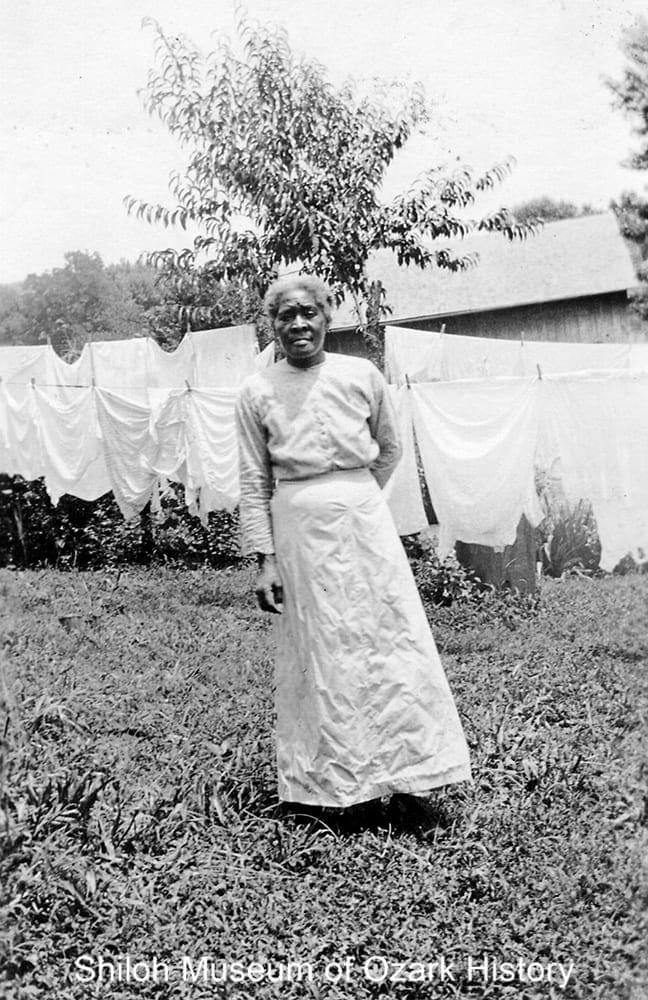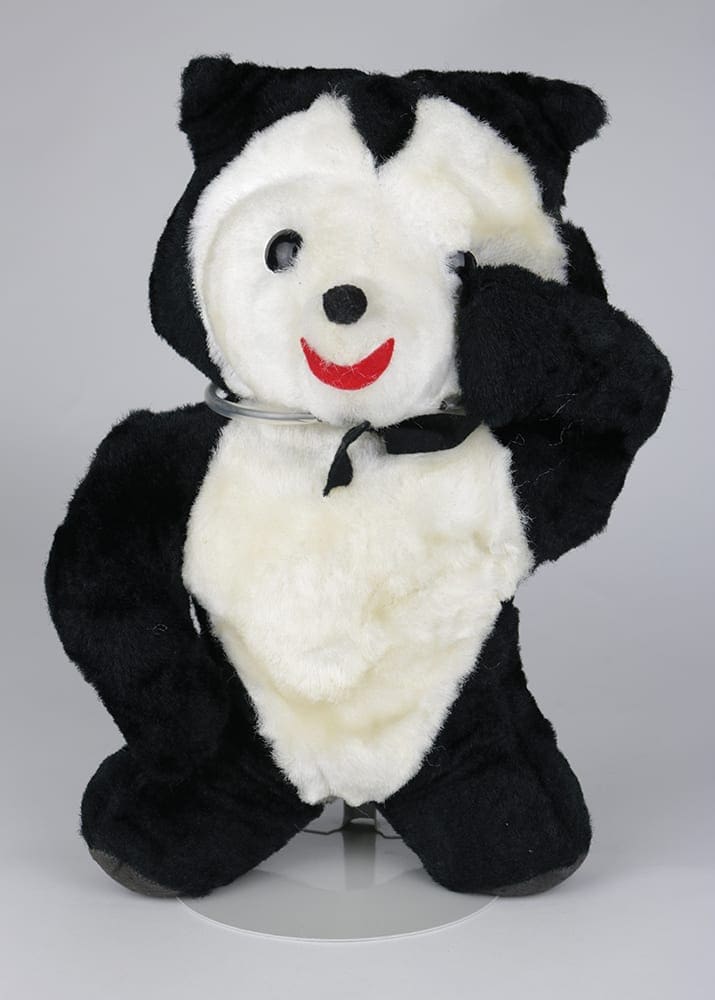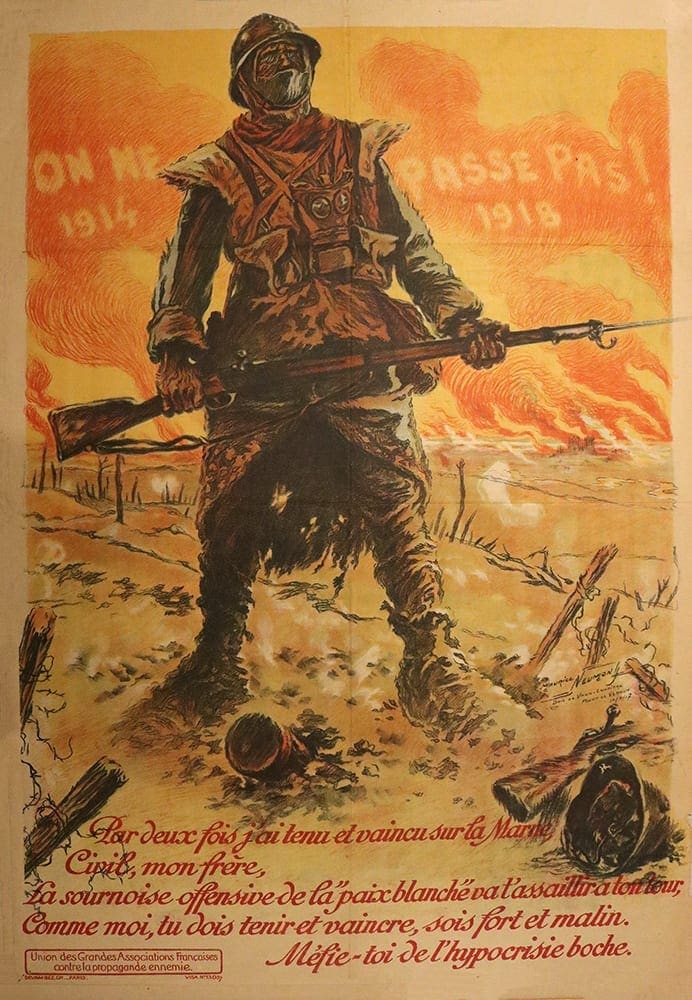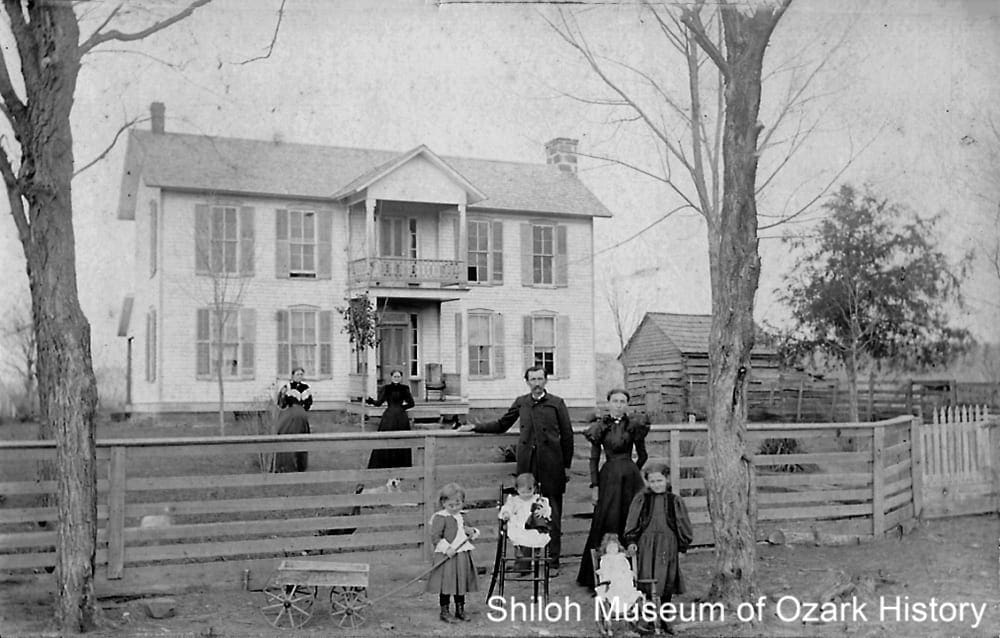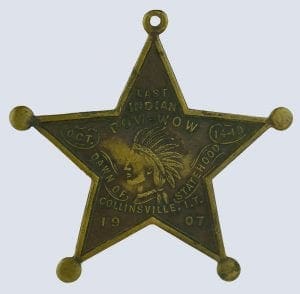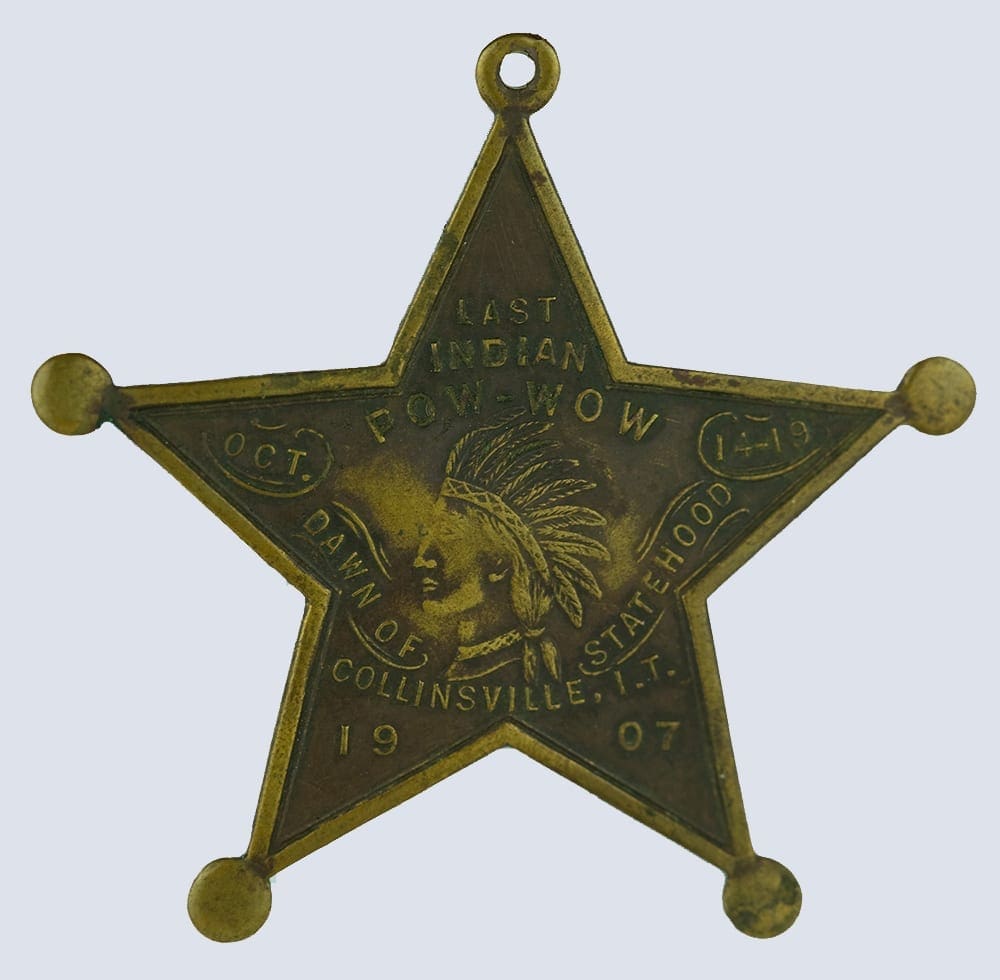Sarah Morton
Sarah Morton, Fayetteville, circa 1910. According to the 1910 census, Sarah Morton was born in 1855 in Tennessee. Her occupation in 1910 is listed as “washing” for “private families.” Her husband, Alfred Morton, also a Tennessee native, was born in 1850. His occupation is listed as “odd jobs.” Also in the Martin household in 1910 was their 14-year-old grandson, Leslie Howard.
Washington County Historical Society Collection (P-4602)
Sarah Morton, Fayetteville, circa 1910. According to the 1910 census, Sarah Morton was born in 1855 in Tennessee. Her occupation in 1910 is listed as “washing” for “private families.” Her husband, Alfred Morton, also a Tennessee native, was born in 1850. His occupation is listed as “odd jobs.” Also in the Martin household in 1910 was their 14-year-old grandson, Leslie Howard.
Washington County Historical Society Collection (P-4602)

